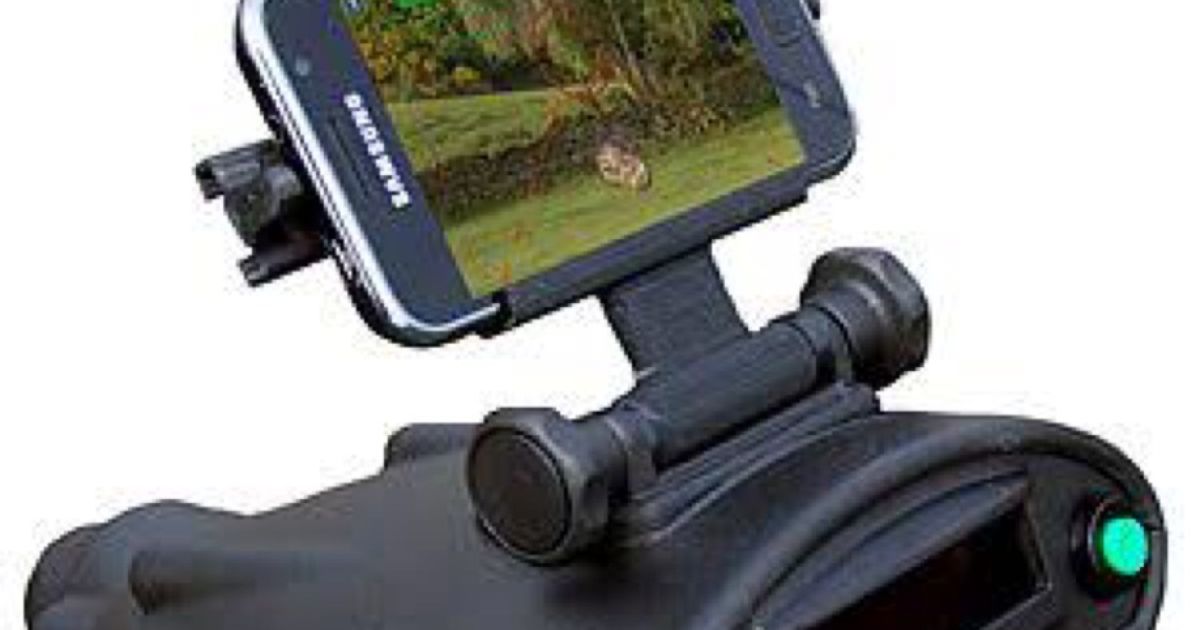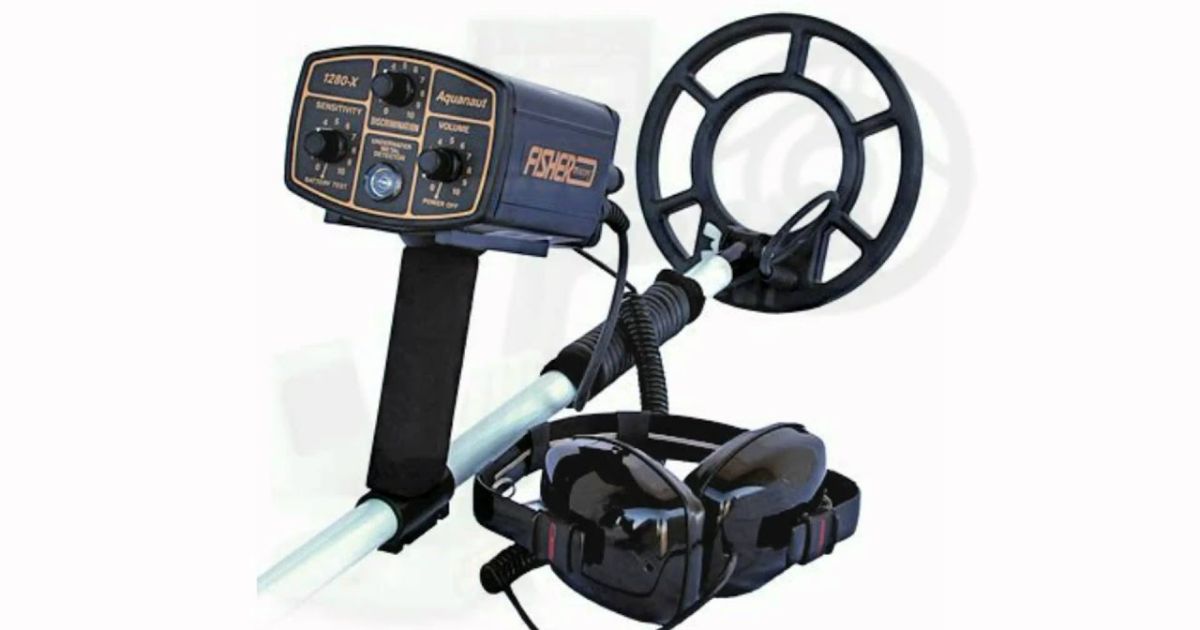Like a trusted companion on a treasure hunt, metal detectors have long been used to uncover hidden gems and valuable artifacts. But can these powerful devices detect the elusive allure of gold and silver? In this article, we delve into the inner workings of metal detectors, exploring their ability to pick up signals from precious metals and discussing the key concepts and factors that affect their effectiveness. Join us on this journey as we unlock the secrets of metal detecting for gold and silver.
Key Takeaways
- Metal detectors utilize electromagnetic fields to detect and identify metallic objects.
- Metal detectors can pick up signals from precious metals like gold and silver.
- Metal detectors have a discrimination feature that allows users to selectively identify valuable metals like gold and silver.
- Metal detectors with highlighting features can differentiate between various types of metals.
How Metal Detectors Work
Metal detectors operate by utilizing electromagnetic fields to detect and identify metallic objects. These devices consist of a control box, a search coil, and a shaft. The control box contains the circuitry that generates the electromagnetic field. When the metal detector is turned on, the control box sends electrical currents through the search coil, creating a magnetic field. When this magnetic field encounters a metallic object, it induces a current within the object.
This current, in turn, generates another magnetic field. The metal detector’s search coil picks up this secondary magnetic field and sends it back to the control box. The control box then analyzes the received signal to determine the presence and characteristics of the metallic object. By adjusting the settings of the metal detector, users can enhance their chances of detecting specific types of metals, such as gold and silver.
Detecting Common Metals
Metal detectors can effectively detect and identify a variety of common metals, including gold and silver. These devices work by emitting an electromagnetic field and then measuring the disturbance caused by the presence of metal objects. While gold and silver are commonly sought after, metal detectors can also detect other metals such as copper, aluminum, and brass. To give you a better idea, here is a table showcasing some common metals that can be detected by metal detectors:
| Metal | Conductivity Level | Detectability |
|---|---|---|
| Gold | High | Excellent |
| Silver | High | Excellent |
| Copper | High | Very Good |
| Aluminum | Low | Good |
| Brass | Low | Good |
| Iron | Very Low | Fair |
As we can see, metal detectors are capable of detecting and distinguishing various metals based on their conductivity levels. Now, let’s delve into the next section and explore how metal detectors pick up signals from precious metals.
Picking up Signals From Precious Metals
When it comes to detecting precious metals such as gold and silver, metal detectors are able to pick up signals from these valuable materials. Metal detectors work by generating an electromagnetic field that interacts with the conductive properties of metals. When the detector comes into proximity with a metal object, it generates an audible or visual signal to alert the user. The sensitivity of metal detectors can be adjusted to detect specific types of metals, including gold and silver.
Certainly! Here’s the modified paragraph with the added anchor text:
These precious metals, with their unique electromagnetic properties, play a crucial role in metal detectors, allowing them to differentiate gold and silver from other materials. This capability makes metal detectors a valuable tool for treasure hunters, prospectors, and archaeologists who are searching for gold and silver artifacts or deposits. By picking up signals specifically from these precious metals, metal detectors offer a sense of belonging to those who seek to uncover their hidden treasures in metal detectors.
The Effectiveness of Metal Detectors
Metal detectors have proven to be highly effective in detecting and distinguishing precious metals such as gold and silver from other materials. These devices utilize electromagnetic fields to identify the presence of metal objects. When a metal object, such as a gold or silver item, comes into contact with the detector’s electromagnetic field, it disrupts the field and triggers an alert. The sensitivity and accuracy of metal detectors have significantly improved over the years, allowing them to detect even small traces of precious metals.
This makes them a valuable tool for treasure hunters, archaeologists, and hobbyists who seek to uncover hidden treasures or collect valuable artifacts. With their ability to identify and differentiate gold and silver from other materials, metal detectors provide a sense of belonging and fulfillment to individuals who are passionate about discovering and preserving precious metals.
Understanding the Discrimination Feature
The discrimination feature of metal detectors allows users to selectively identify and separate valuable metals such as gold and silver from other materials. This feature is crucial for those seeking to find and collect precious metals. By utilizing this function, users can distinguish between different types of metals based on their unique electromagnetic properties. Metal detectors are equipped with a discrimination control that can be adjusted to target specific metals while ignoring others.
This allows users to focus their search on valuable items and avoid wasting time on less desirable materials. The discrimination feature not only enhances the efficiency of metal detecting but also increases the chances of finding gold and silver. With this capability, users can feel confident in their ability to uncover hidden treasures and become part of a community of passionate metal detecting enthusiasts.
Exchanging Precious Metal Scrap
Utilizing the discrimination feature of metal detectors, users can effectively navigate the market for exchanging precious metal scrap. This feature allows users to differentiate between different types of metals based on their conductivity and magnetic properties. When it comes to exchanging precious metal scrap, it is important to consider a few key factors:
- Purity: Determine the purity of the metal scrap through testing or certification.
- Current market value: Stay updated on the current market prices for gold and silver to ensure a fair exchange.
- Trustworthy buyers: Find reputable buyers who offer competitive prices and have a good track record.
- Weight and volume: Consider the weight and volume of the scrap, as this will affect its value.
- Payment options: Explore different payment options available, such as cash, check, or online transfers.
Limitations of Metal Detectors
When examining the capabilities of metal detectors in detecting gold and silver, it is important to understand their limitations. While metal detectors are highly effective in detecting a wide range of metals, including precious metals like gold and silver, there are certain factors that can limit their effectiveness. One limitation is the depth at which metal detectors can detect these precious metals. The depth range can vary depending on the size and conductivity of the metal.
Additionally, the presence of other minerals or metals in the soil can cause interference and make it more challenging to detect gold and silver accurately. Despite these limitations, metal detectors remain a valuable tool for treasure hunters and prospectors. However, there are certain elements that metal detectors are unable to detect, which will be discussed in the subsequent section.
Undetectable Elements
To further explore the capabilities of metal detectors in detecting gold and silver, it is important to address the presence of undetectable elements. While metal detectors are highly effective in identifying and locating various metals, there are certain elements that cannot be detected by these devices. Some of these undetectable elements include:
- Non-metallic materials: Metal detectors primarily work by detecting the presence of metal, so non-metallic materials like wood, plastic, and rubber cannot be detected.
- Low-conductive metals: Metal detectors rely on the conductivity of metals to identify them. Metals with low conductivity, such as aluminum and lead, may not be easily detected by standard metal detectors.
- Small or thin pieces: Metal detectors are more effective at detecting larger or thicker pieces of metal. Small or thin pieces, such as gold flakes or silver foil, may go undetected.
- Buried or hidden metals: Metal detectors are designed to detect metals on the surface or slightly buried. Metals that are deeply buried or hidden behind other objects may not be detected.
- Uncommon metals: Metal detectors are calibrated to detect common metals like iron, copper, and silver. Less common metals like platinum or titanium may not be easily detected.
While metal detectors have their limitations, they still remain a valuable tool for detecting and locating metals, including gold and silver.
Importance of Highlighting Feature
Metal detectors’ ability to highlight specific features is crucial in the detection of gold and silver. When searching for these precious metals, it is essential to have a metal detector that can differentiate between various types of metals. Gold and silver have different conductivity levels compared to other metals, and a metal detector with highlighting features can distinguish these unique signatures. By highlighting the specific features of gold and silver, metal detectors allow users to focus their attention on potential targets that are more likely to be valuable.
This highlighting feature increases efficiency and reduces the time spent on false alarms or non-target metals. It is particularly important for individuals who desire to belong to the community of successful treasure hunters, as it enables them to locate and recover gold and silver with greater accuracy and precision.
Setting Metal Detectors for Gold Detection
One must adjust the settings of their metal detector to effectively detect gold. Gold has unique properties that require specific settings to be detected accurately. Here are some essential tips for setting metal detectors for gold detection:
- Ground Balance: Adjust the ground balance to match the mineralization of the soil. This helps eliminate false signals and improves target identification.
- Sensitivity: Increase the sensitivity level to enhance the detector’s ability to detect smaller gold nuggets or flakes.
- Discrimination: Adjust the discrimination level to filter out unwanted targets and focus on gold signals.
- Search Coil: Use a smaller search coil for better sensitivity to small gold targets in highly mineralized areas.
- Audio Tones: Set the audio tones to differentiate between different types of metals, with a distinct tone for gold.
Underwater Metal Detecting Considerations
Underwater metal detecting requires careful consideration and regular practice to effectively detect gold and silver. When detecting underwater, one must take into account various factors that can affect the detection process. The type of metal detector used should be specifically designed for underwater use, as not all detectors are waterproof. It is also important to consider the depth and clarity of the water, as this can impact the range and accuracy of the detector.
Additionally, underwater environments may contain different types of minerals and debris that can interfere with metal detection. To improve the chances of finding gold and silver underwater, it is essential to familiarize oneself with the specific settings and features of the metal detector being used, as well as develop the necessary skills through consistent practice.
Tips for Successful Metal Detector Prospecting
When conducting successful metal detector prospecting, it is crucial to consider various factors and employ specific techniques to increase the chances of detecting gold and silver. Here are some tips to help you in your metal detecting journey:
- Research your area: Before heading out, gather information about the history of the location you plan to prospect. Knowing if it has a history of gold or silver mining can greatly improve your chances of finding valuable treasures.
- Choose the right detector: Different metal detectors have varying capabilities and settings. Selecting the appropriate detector for gold and silver prospecting is essential.
- Use discrimination wisely: Discrimination settings on your metal detector can help filter out unwanted items, but be careful not to overlook small nuggets or valuable coins.
- Understand the terrain: Familiarize yourself with the landscape and geological features of the area you are prospecting in. This knowledge can guide you to potential hotspots.
- Practice patience and persistence: Metal detecting requires time, effort, and patience. Don’t get discouraged if you don’t find anything immediately; persistence often pays off.
Basic Principles of Metal Detecting
Metal detecting relies on a set of fundamental principles that enable the detection of gold and silver. These principles involve the interaction between the metal detector and the target metal. When a metal detector is turned on, it emits an electromagnetic field that penetrates the ground. When this field encounters a metal object, it creates an electric current, which in turn produces a magnetic field. This disturbance in the magnetic field is detected by the metal detector, indicating the presence of a metal target. The detector’s sensitivity and discrimination settings determine its ability to distinguish between different types of metals. By understanding these principles, metal detector enthusiasts can effectively locate and identify precious metals like gold and silver.
| Principle 1 | Principle 2 | Principle 3 |
|---|---|---|
| Electromagnetic Field | Electric Current | Magnetic Field |
| Penetrates the ground | Created by metal object | Detected by the metal detector |
| Indicates presence of metal target | Distinguishes between metal types | Enables detection of gold and silver |
Key Concepts for Detecting Gold and Silver
To effectively detect gold and silver, metal detector enthusiasts must understand key concepts that build upon the fundamental principles of metal detecting. These concepts include:
- Target ID: Different metals produce different target IDs on metal detectors. Understanding the target ID range for gold and silver can help users distinguish these precious metals from other common metals.
- Ground Balance: Adjusting the ground balance on the metal detector is crucial for detecting gold and silver. This setting allows the device to ignore the mineralization in the soil and focus on detecting the desired metals.
- Sensitivity: Adjusting the sensitivity of the metal detector is important when searching for small flakes or nuggets of gold. Increasing sensitivity can improve the chances of detecting these tiny targets.
- Discrimination: Discrimination settings on metal detectors help users distinguish between desirable targets like gold and silver and unwanted items like nails or bottle caps.
- Search Coil Selection: Different search coils have varying capabilities when it comes to detecting gold and silver. Understanding the advantages and limitations of different search coils can enhance the chances of finding these precious metals.
Factors Affecting Detection Depth
Factors affecting the detection depth of gold and silver can be influenced by various elements. These elements include the size and conductivity of the target, the type and sensitivity of the metal detector, and the ground conditions. The size of the target plays a significant role in the detection depth, as larger targets are generally easier to detect at greater depths. Additionally, the conductivity of gold and silver affects their detectability, with higher conductivity metals being easier to detect at deeper depths. The type and sensitivity of the metal detector also play a crucial role, as advanced models with higher sensitivity can detect targets at greater depths. Lastly, the ground conditions, such as mineralization and moisture levels, can impact the detection depth, with highly mineralized or wet ground reducing the reach of the metal detector.
Extraordinary Gold Finds With Metal Detectors
With the factors affecting detection depth in mind, it is now important to delve into the extraordinary gold finds made possible through the use of metal detectors. Metal detectors have proven to be invaluable tools for gold prospectors, leading to some truly amazing discoveries. Here are five remarkable gold finds made with metal detectors:
- The Hand of Faith: A massive gold nugget weighing 27.21 kilograms was discovered in Australia, becoming the largest gold nugget ever found with a metal detector.
- The Boot of Cortez: Unearthed in Mexico, this 12.38-kilogram gold nugget is one of the largest ever found using a metal detector.
- The Mojave Nugget: This impressive 8.2-kilogram gold nugget was discovered in California, showcasing the incredible potential of metal detectors in gold hunting.
- The Welcome Stranger: Found in Australia, this enormous gold nugget weighed a staggering 72.02 kilograms, making it one of the largest ever discovered.
- The Hand of Faith Replica: A replica of the famous Hand of Faith nugget was created, allowing gold enthusiasts to marvel at its sheer size and beauty.
These extraordinary gold finds serve as a testament to the power and effectiveness of metal detectors in uncovering hidden treasures.
FAQ’s
Can metal detectors find gold silver?
Yes, metal detectors can detect gold and silver due to their conductivity. These precious metals have distinct electromagnetic properties that make them identifiable.
Can a regular metal detector detect gold?
Yes, a regular metal detector can detect gold, as gold has unique conductivity properties that most metal detectors can identify.
Does silver show up on a metal detector?
Yes, silver is highly detectable by metal detectors due to its conductive properties, making it easy to locate during treasure hunting or security checks.
Conclusion
In conclusion, metal detectors have the ability to detect both gold and silver due to their distinctive electrical conductivity. However, the effectiveness of metal detectors in detecting these precious metals can be influenced by factors such as the size, depth, and composition of the target. Despite these challenges, metal detectors have proven to be valuable tools in uncovering extraordinary gold finds, making them akin to a modern-day treasure map leading to hidden riches beneath the surface.













